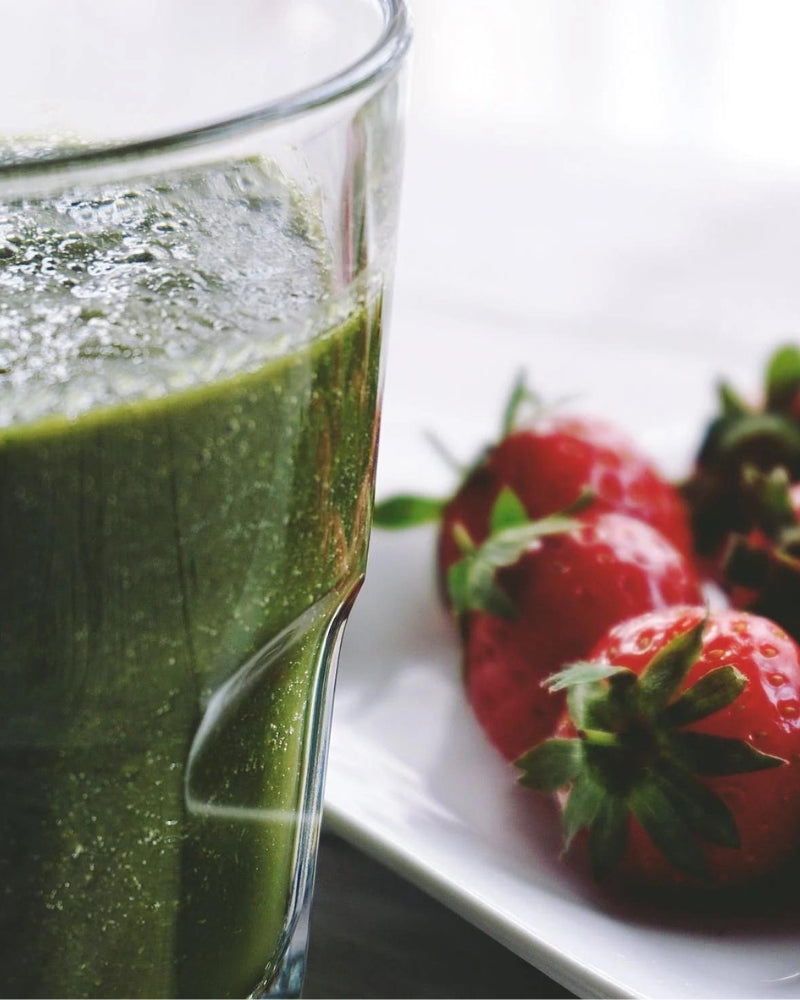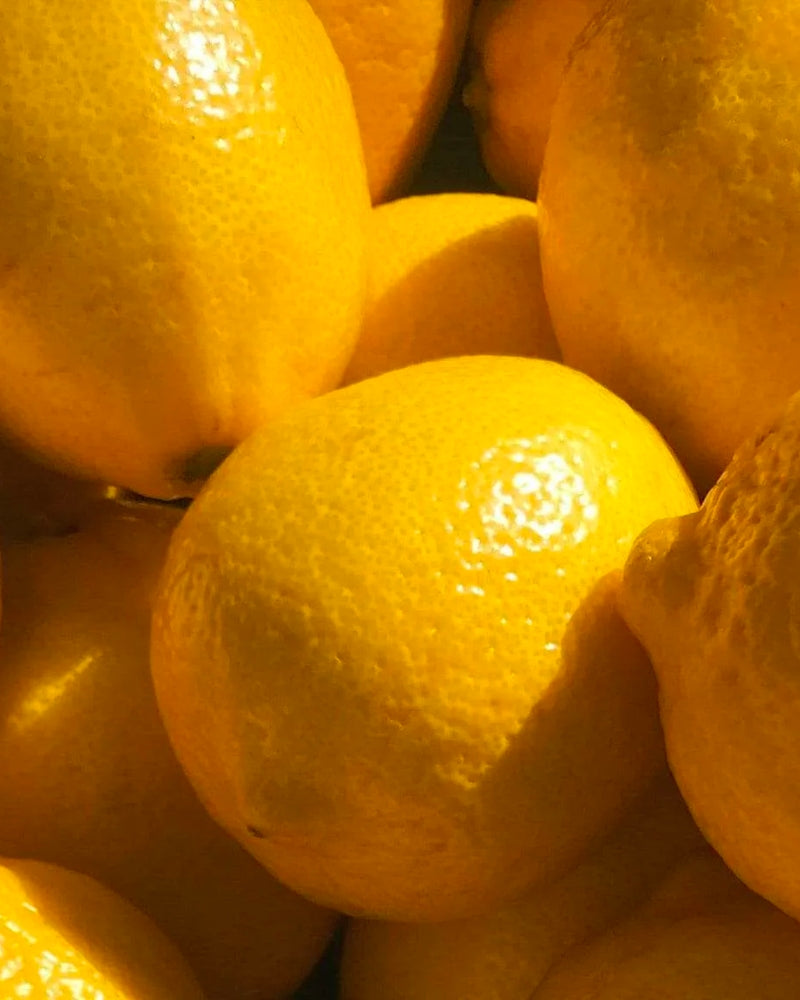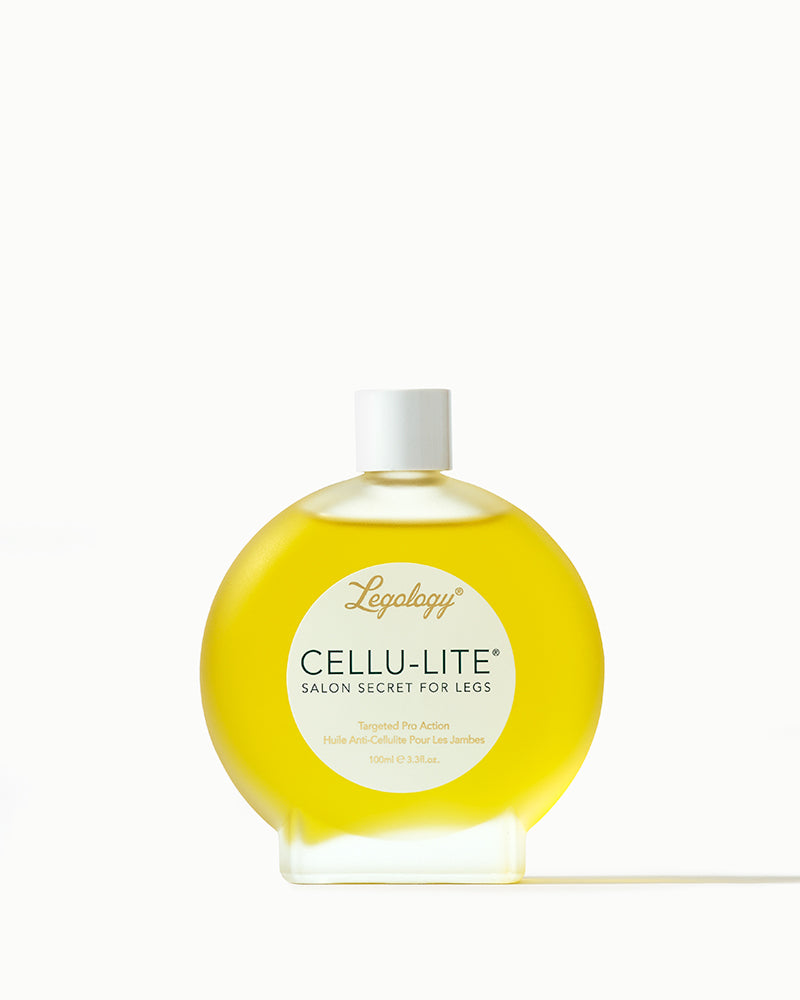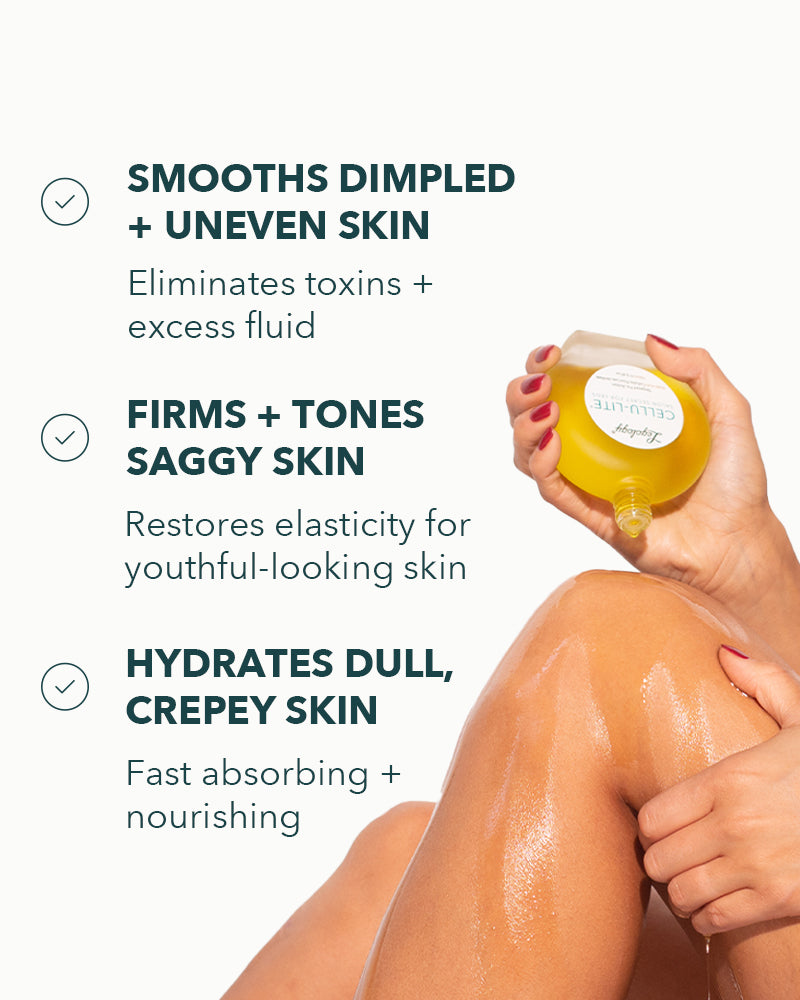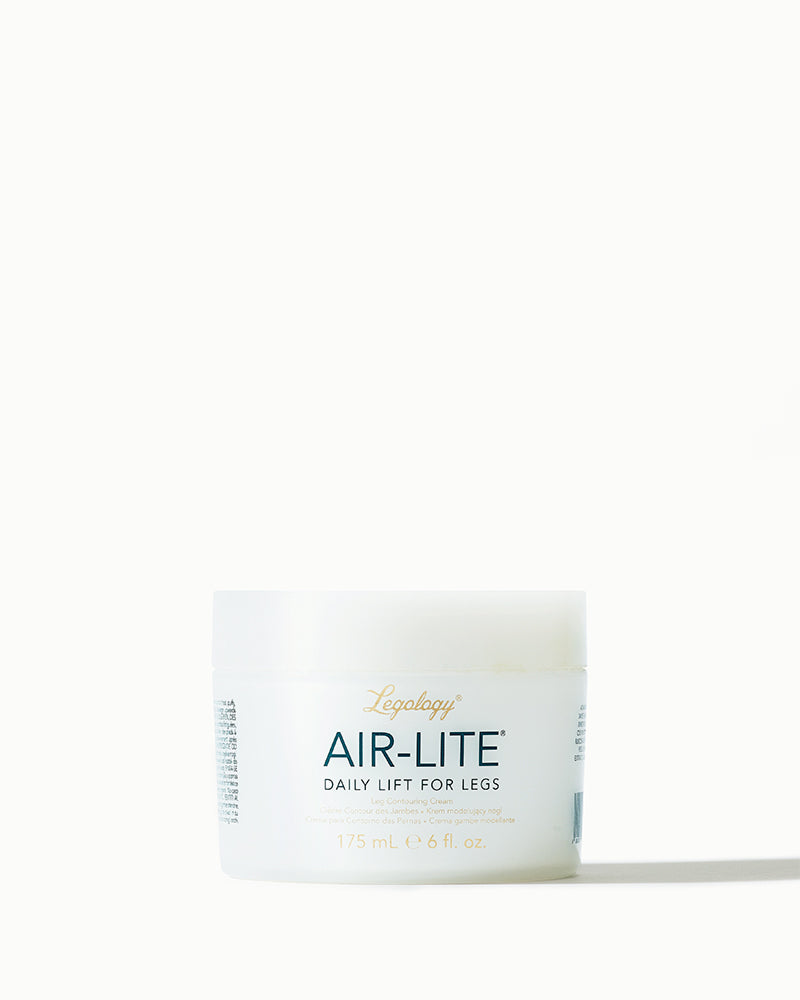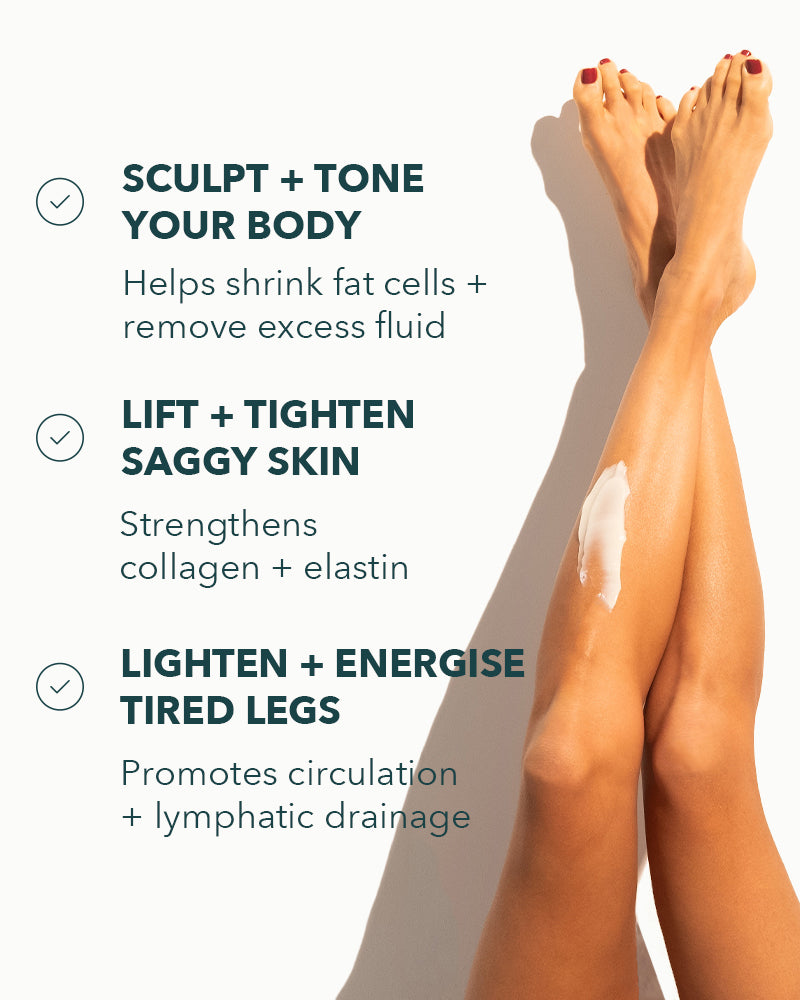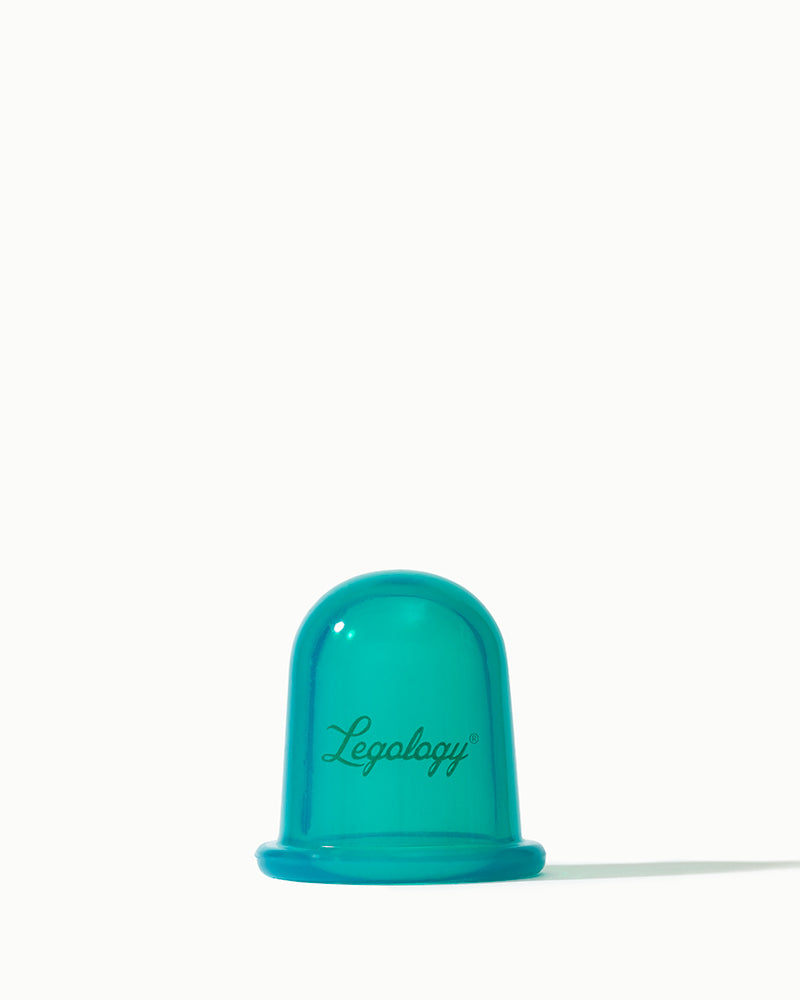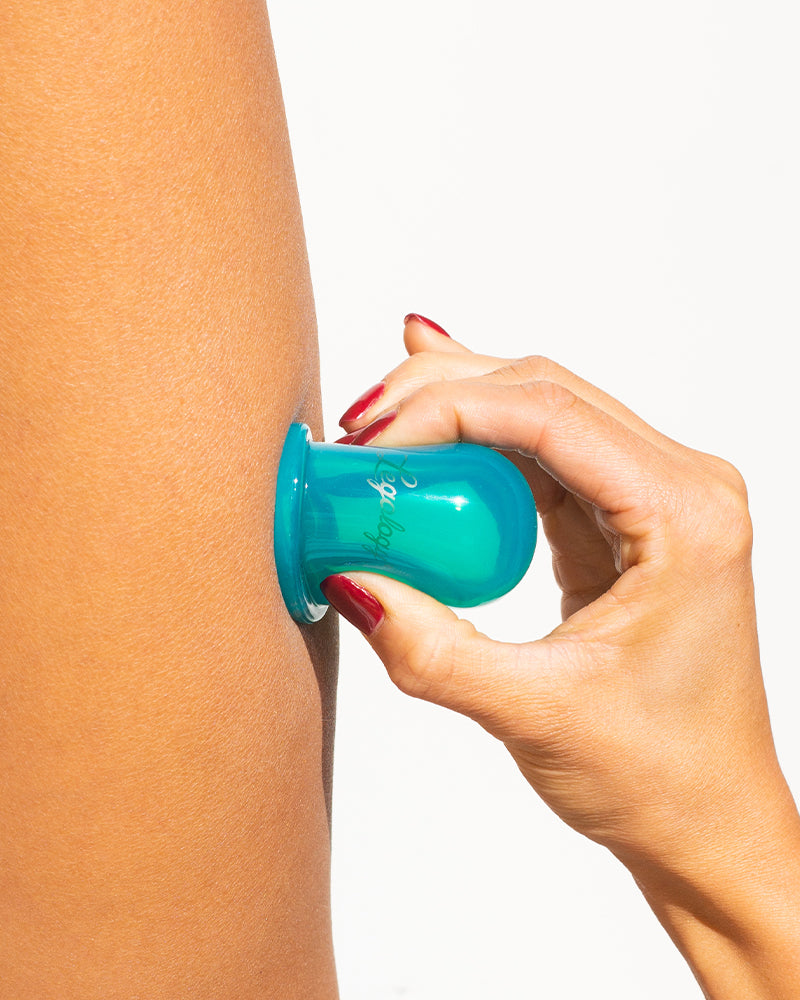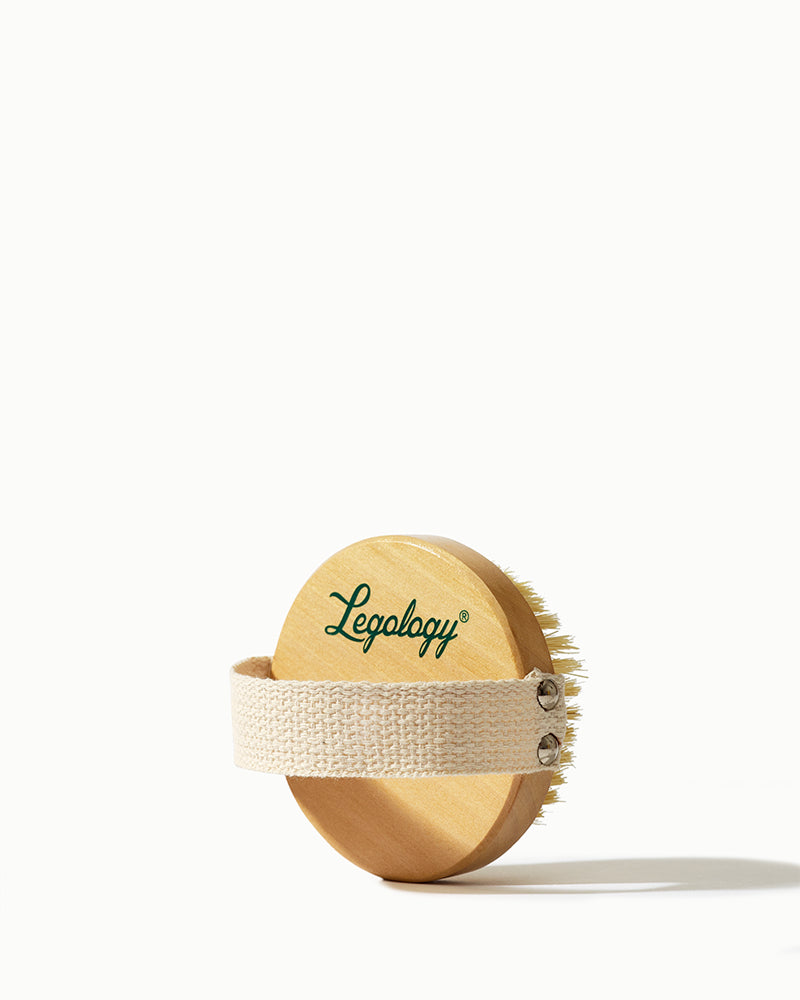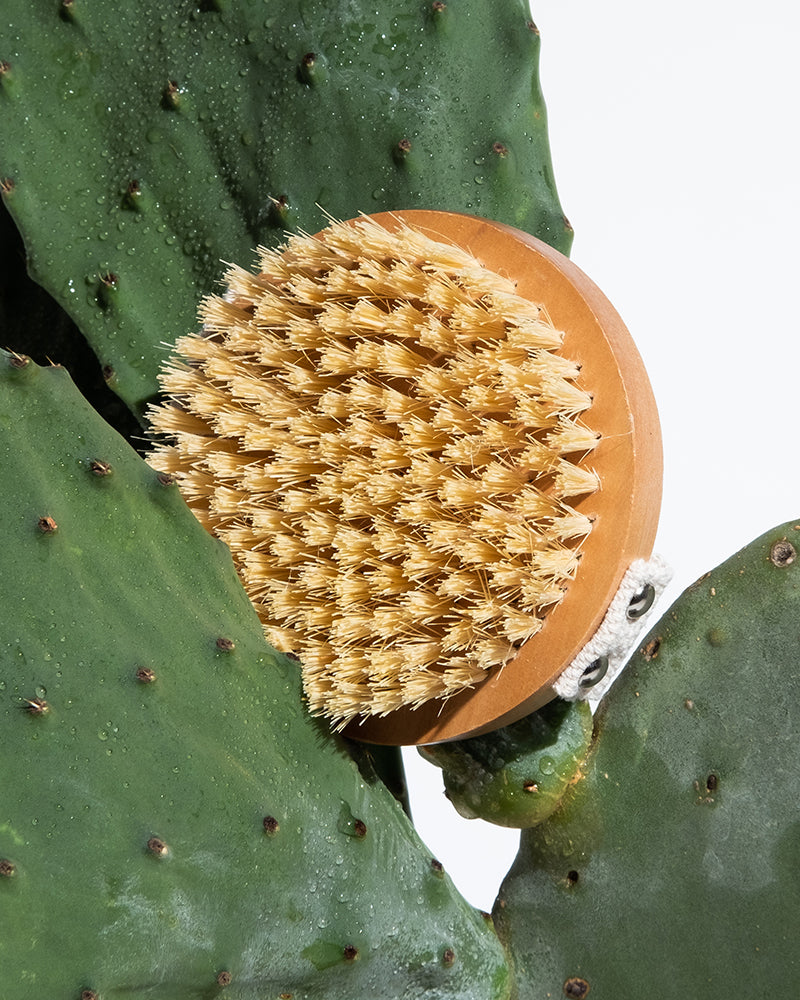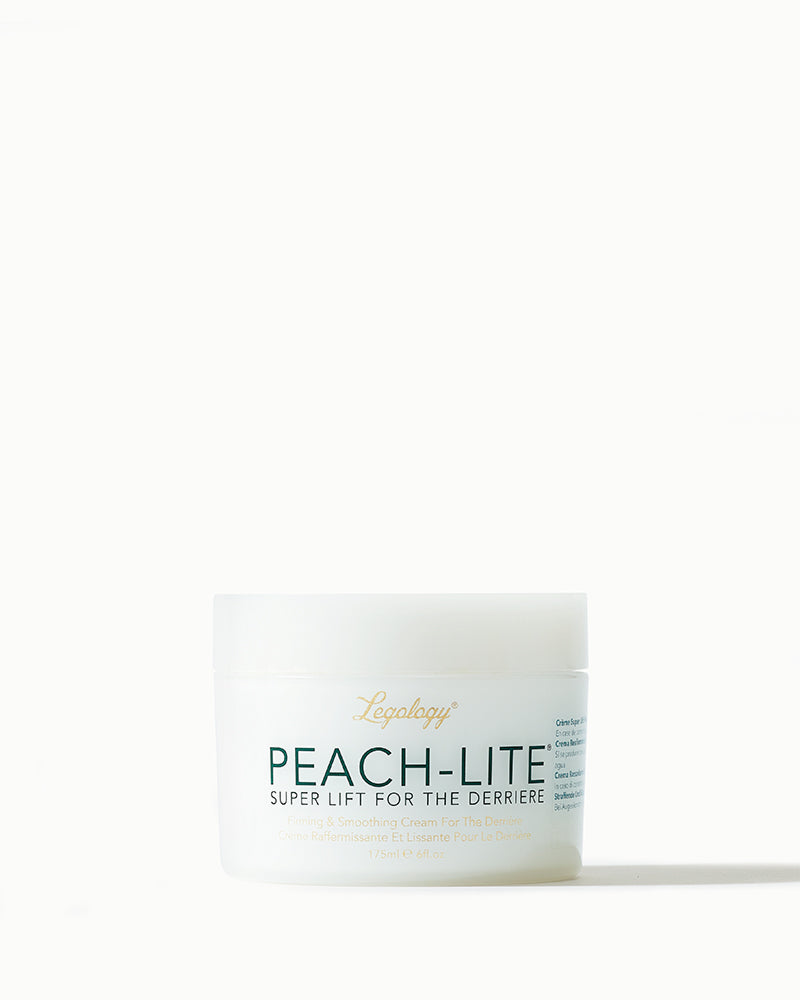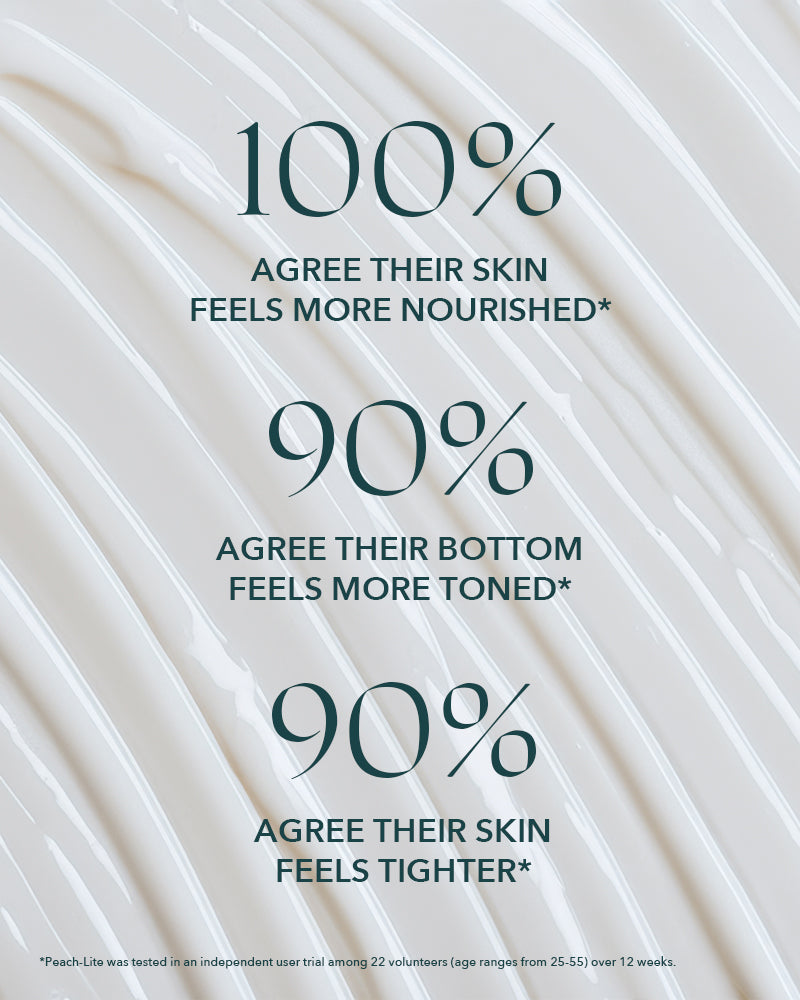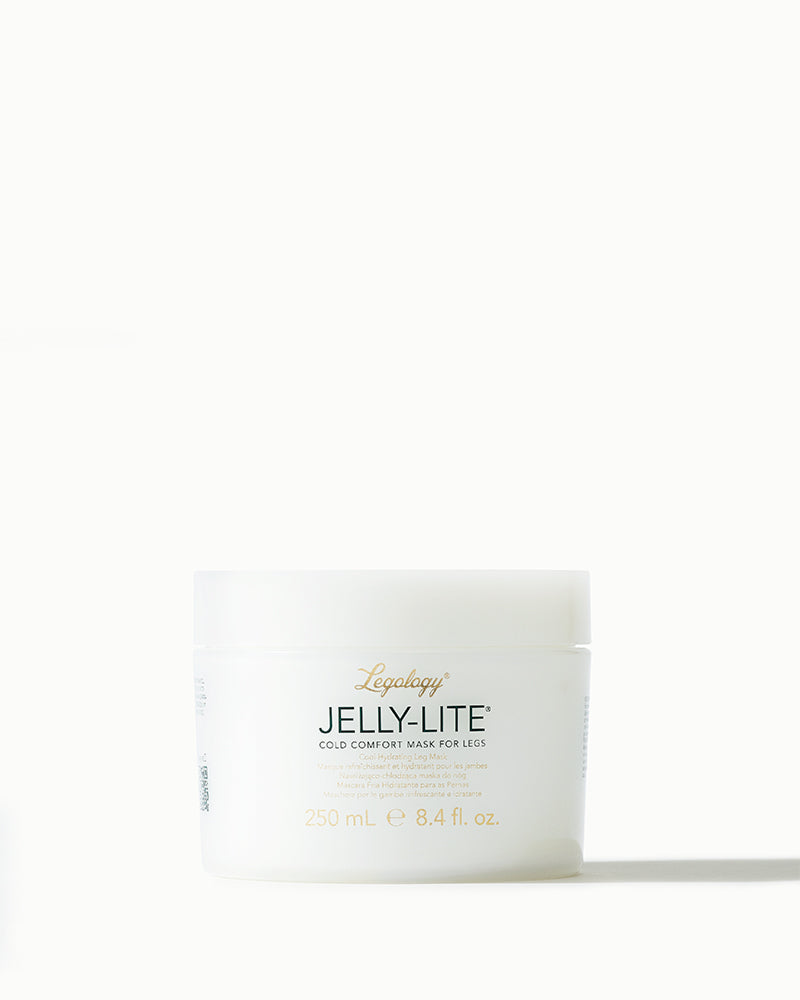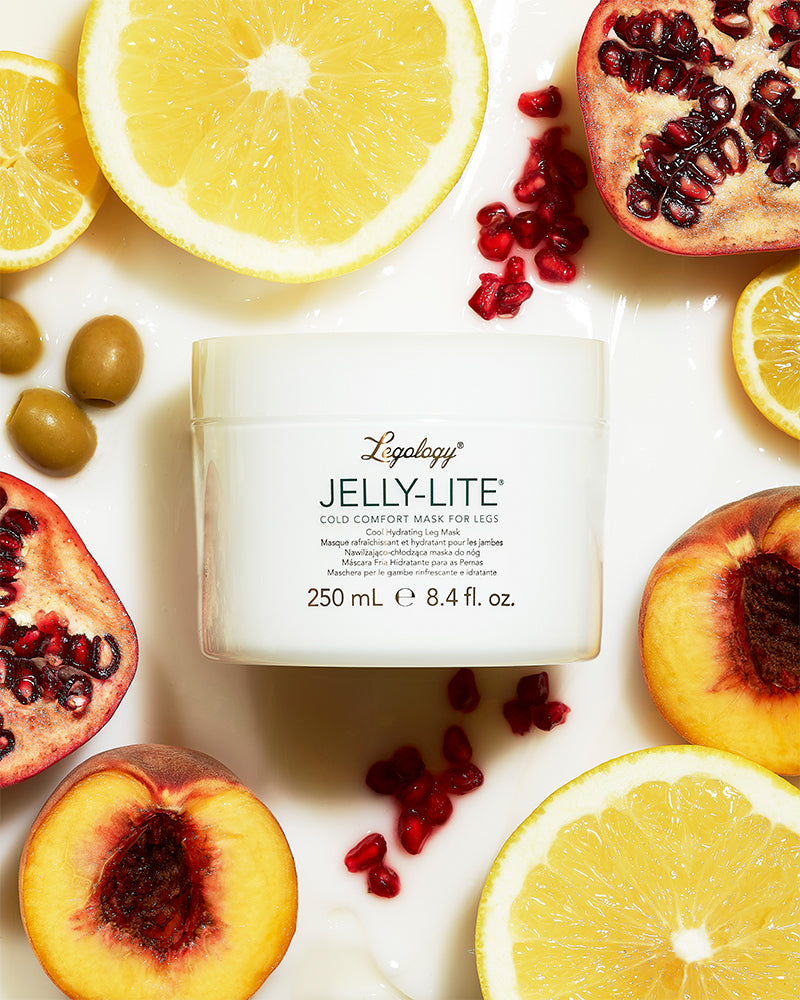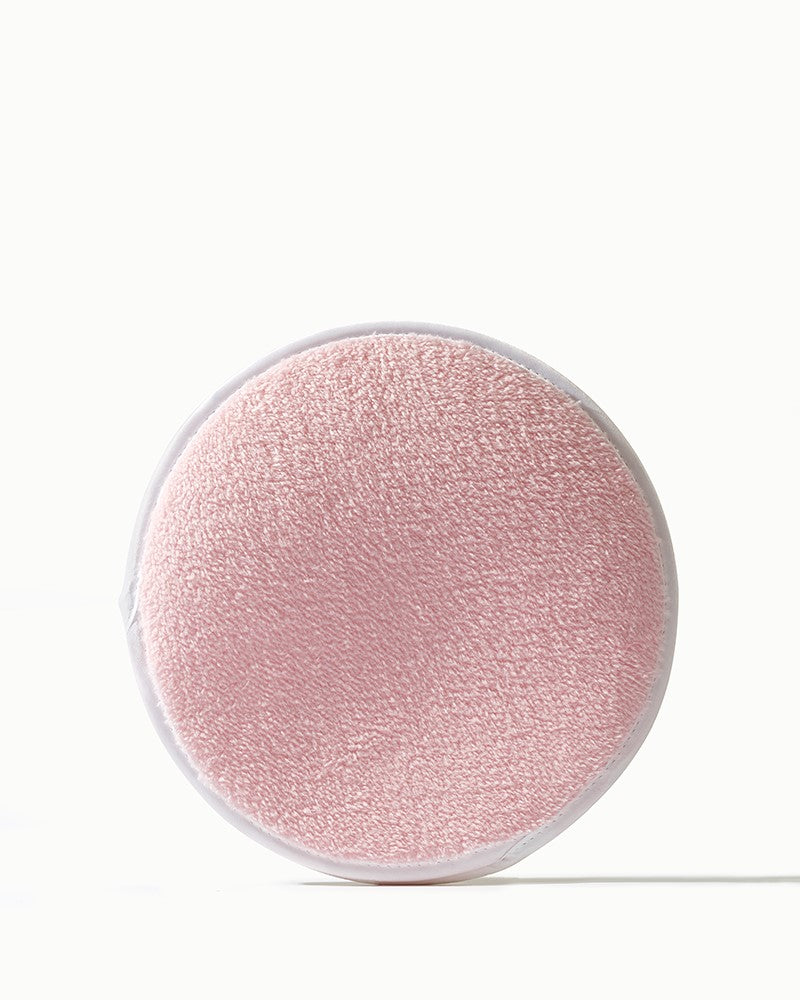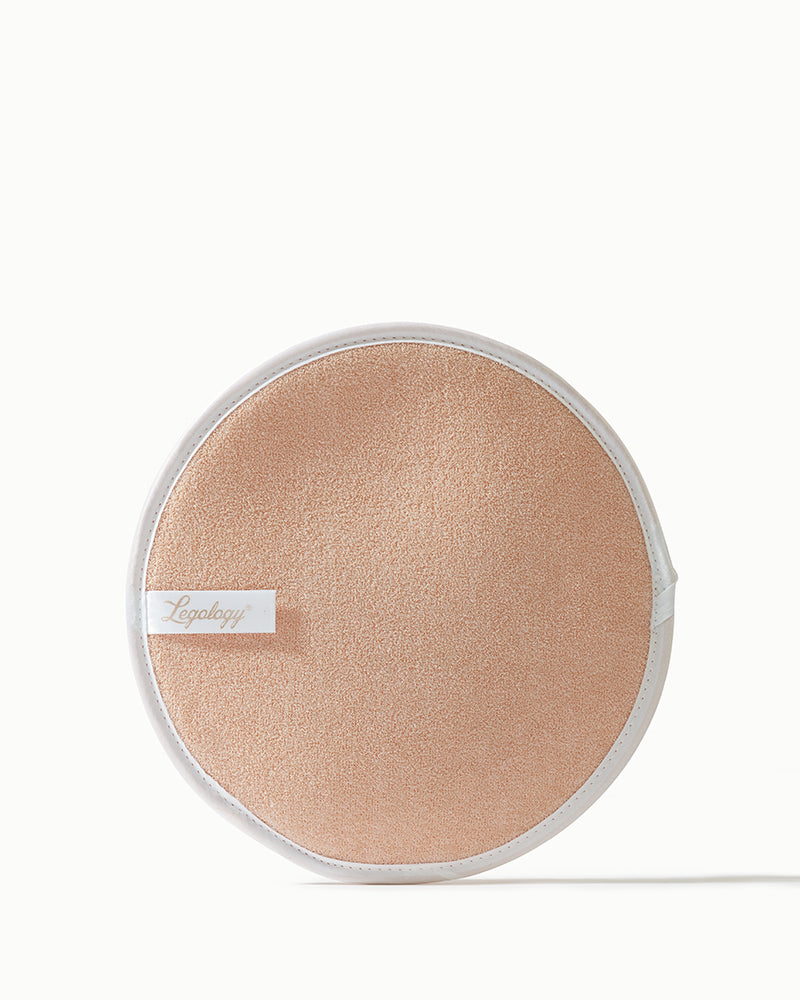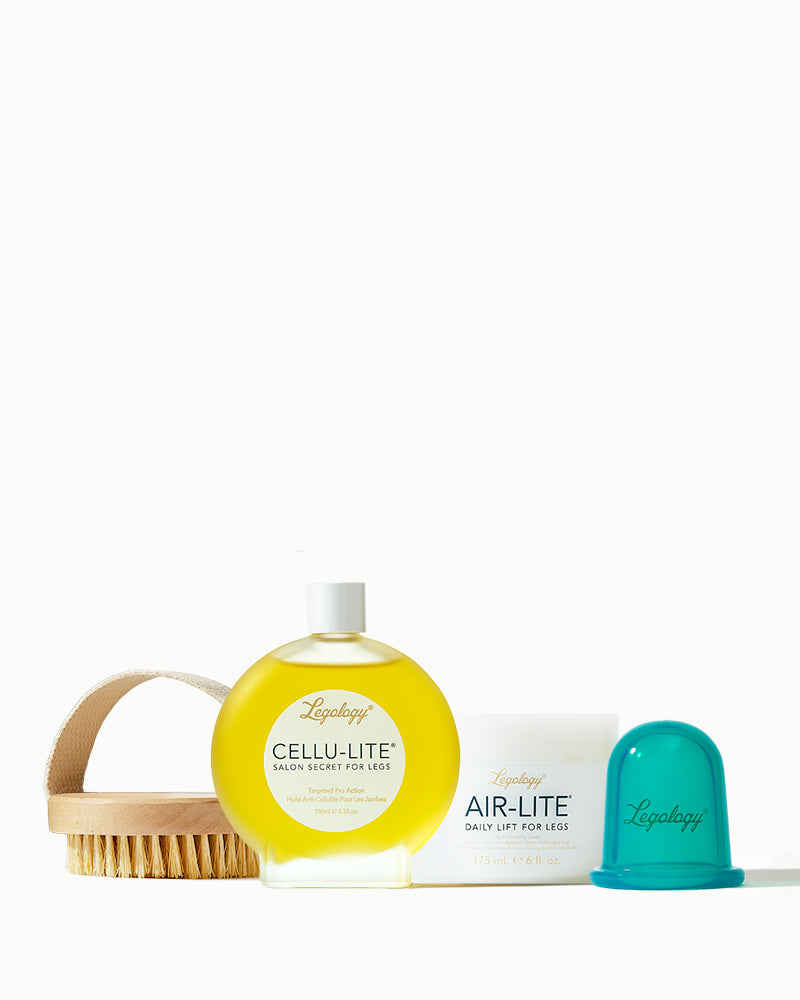Weekly Plate Plan: Oestrogen Building Foods

I promised to write a post on supplementing your diet with oestrogen-rich food earlier this week having blogged on the way in which this hormone impacts the figure, especially when it drops.
A number of (very delicious) foods contain phytoestrogens or plant oestrogens, and what they do is to mimic the oestrogen that was in our body by attaching themselves to oestrogen receptor sites, and that then gives us a little bit of an oestrogenic boost. This can be helpful when oestrogen levels dip – as they do during menopause especially, encouraging cellulite to develop. It’s worth bearing in mind, however, that upping your intake of oestrogen-rich food is not a quick fix: according to the British Dietetic Association it can take two to three months before you start to really notice any difference.
Foods rich in phytoestrogens
The important thing is then, that if you’re going to eat these foods, you need to eat them regularly – at least two to three times a day, every day. So what are these foods or groups of foods?1. Soya
The first one is soya – a big part of the Far Eastern diet – and the best form of it is fermented soya because these are easier to digest than soya milk, cheese and yoghurt. Fermented soya – like miso, tempeh and natto – are much easier to digest, and the plant oestrogens in them are much more readily available for our bodies to make use of. You will find most of these at your local health food shop and supermarket, they’re not too difficult to find nowadays.
2. Seeds
The second significant oestrogen-rich group is seeds – linseeds, flaxseeds, sunflower seeds, sesame seeds and pumpkin seeds are a wonderful addition to your diet. However, in order to access the plant oestrogens they contain, these need to be eaten ground, not whole. While whole seeds will help with things like constipation you need to grind them to get the hormonal benefits.
Annoyingly, ground seeds go rancid very quickly, so the best way to take them is to buy a packet of mixed seeds and grind a couple of tablespoons of them (I do this in a little coffee grinder) and eat them straight away. You can put them in things like soups, sprinkle them on salads, or put them in smoothies.
My favourite way to eat ground seeds is with my oat bran and yoghurt for breakfast.
3. Nuts
Nuts are a good source of oestrogen and some are more valuable to you than others: walnuts, for example, are also great for brain function, so a couple of walnuts a day as a midmorning snack is a great idea. Pistachios and peanuts are high in calories, but a small handful of them with a few walnuts everyday is enough to give you those kind of benefits.

Fruit is good, but in moderation because it’s high in sugar. Try adding sliced and diced peaches and berries to your breakfast yoghurt and oat bran, with some dried fruit – prunes, apricots or dates – on top. Again, only a couple of pieces a day are all you need.
Dried apricots are a particularly good source containing 445.5mcg of phytoestrogens per 100g.
5. Pulses and beans
Love hummus? You’re in luck – hummus is absolutely great for oestrogen balancing – it’s made from chickpeas and contains 993mcg of phytoestrogens per 100g – as are pulses and beans. That means get ready for delicious stews and soups with additions like lentils and beans in them this season.
Other foods rich in phytoestrogens
Other really great sources of plant-based oestrogen are dark green leafy vegetables and sprouting seeds like broccoli, alfalfa and red clover. Alfalfa sprouts are a particularly nutritious addition to salads, with high levels of vitamin K and vitamin C, they also have very high levels of phytoestrogens.
The health benefits of alfalfa sprouts come as a result of being picked at the very early stages of growth and they contain 441.4g of phytoestrogen per 100g.
- Tofu: produced from soy milk which is naturally high in phytoestrogens, specifically isoflavones. Tofu is a very versatile ingredient and can be used in anything from soup to stir fry.
- Sesame seeds: similar to flaxseeds, sesame seeds fall into the oestrogen boosting foods’ category due to their high levels of lignans. Often used in Asian cooking sesame contains 11.2mg of lignans per ounce making them an excellent choice to help boost your estrogen levels through food.
- Soybeans: otherwise known as edamame, are known to be one of the best sources of phytoestrogens and therefore are one of the most effective estrogen boosting foods available. Edamame makes an excellent snack and is a convenient and delicious way to eat estrogen rich food.
- Garlic: part of the onion family and is a source of isoflavonoids, containing about 603mcg of phytoestrogens per 100g.
- Fennel: a flavourful and versatile herb with high levels of phytoestrogens.


